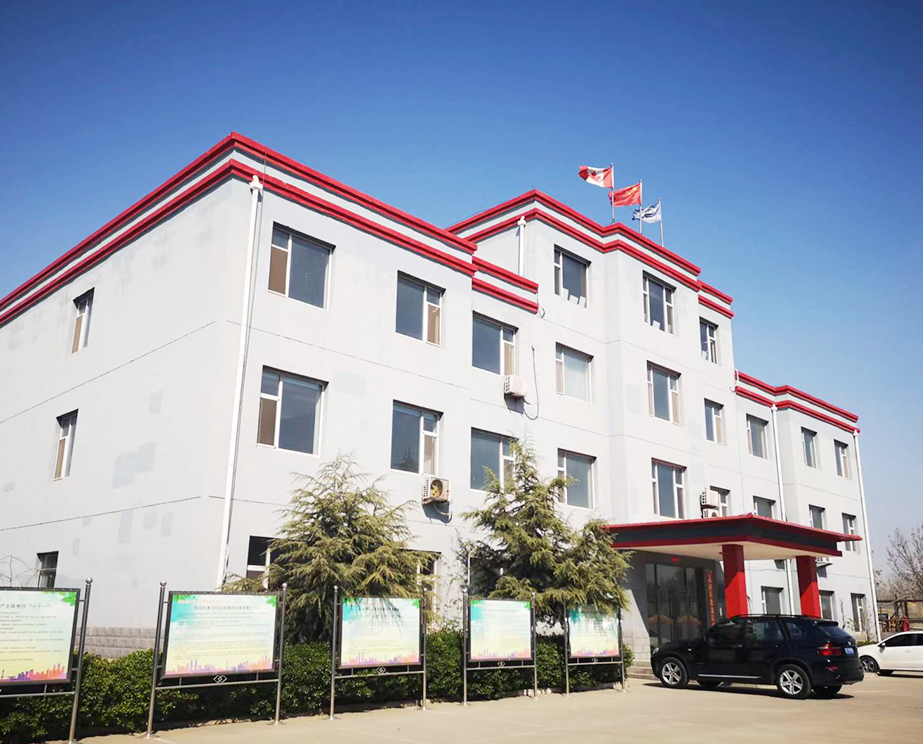- Afrikaans
- Albanian
- Amharic
- Arabic
- Armenian
- Azerbaijani
- Basque
- Belarusian
- Bengali
- Bosnian
- Bulgarian
- Catalan
- Cebuano
- Corsican
- Croatian
- Czech
- Danish
- Dutch
- English
- Esperanto
- Estonian
- Finnish
- French
- Frisian
- Galician
- Georgian
- German
- Greek
- Gujarati
- Haitian Creole
- hausa
- hawaiian
- Hebrew
- Hindi
- Miao
- Hungarian
- Icelandic
- igbo
- Indonesian
- irish
- Italian
- Japanese
- Javanese
- Kannada
- kazakh
- Khmer
- Rwandese
- Korean
- Kurdish
- Kyrgyz
- Lao
- Latin
- Latvian
- Lithuanian
- Luxembourgish
- Macedonian
- Malgashi
- Malay
- Malayalam
- Maltese
- Maori
- Marathi
- Mongolian
- Myanmar
- Nepali
- Norwegian
- Norwegian
- Occitan
- Pashto
- Persian
- Polish
- Portuguese
- Punjabi
- Romanian
- Russian
- Samoan
- Scottish Gaelic
- Serbian
- Sesotho
- Shona
- Sindhi
- Sinhala
- Slovak
- Slovenian
- Somali
- Spanish
- Sundanese
- Swahili
- Swedish
- Tagalog
- Tajik
- Tamil
- Tatar
- Telugu
- Thai
- Turkish
- Turkmen
- Ukrainian
- Urdu
- Uighur
- Uzbek
- Vietnamese
- Welsh
- Bantu
- Yiddish
- Yoruba
- Zulu
Understanding Tubing and Casing Specifications for API Standards and Applications
Understanding API Tubing and Casing An Essential Guide
In the realm of oil and gas exploration, effective extraction and production are paramount. One of the key components that facilitate these processes is the use of tubing and casing. These elements not only ensure the structural integrity of wells but also contribute to efficient resource recovery. The American Petroleum Institute (API) plays a crucial role in defining the specifications and standards for these components, which are universally recognized across the industry. This article delves into the significance of API tubing and casing charts, clarifying their roles and implications in drilling operations.
What is Tubing and Casing?
Before discussing API specifications, it is essential to understand the differences between tubing and casing. Casing refers to the series of steel pipes used to line the drilled hole of an oil or gas well. Its primary function is to stabilize the wellbore, prevent the entry of fluids or contaminants, and protect freshwater aquifers. Casing is typically cemented in place to secure its position and enhance its structural integrity.
On the other hand, tubing is installed inside the casing and serves as the conduit through which oil and gas flow to the surface. Tubing is designed to withstand significant pressure and is crucial for the effective extraction of hydrocarbons. The correct selection and installation of tubing and casing are vital to a well’s performance and longevity.
The Role of API Standards
The API has established a comprehensive set of standards that govern the manufacturing and testing of casing and tubing. These standards ensure that the materials used are able to withstand the extreme conditions typical in oil and gas production, including high pressures, varying temperatures, and corrosive environments. The API tubing and casing chart is a helpful tool that outlines various specifications like material grades, dimensions, and performance properties.
Key Components of the API Tubing and Casing Chart
1. Material Grades The API defines several grades of steel used in tubing and casing, including K55, N80, L80, and P110. Each grade has distinct mechanical properties, such as tensile strength and yield strength, making it suitable for specific operational conditions.
api tubing and casing chart

2. Dimensions The chart details the outer diameter (OD) and wall thickness of different tubing and casing sizes. Selecting the right dimensions is critical to maintaining well integrity and optimizing production rates.
3. Pressure Ratings The API chart also indicates the pressure ratings for various tubing and casing grades. Understanding these ratings helps engineers assess the suitability of materials for specific drilling environments and ensures that they can withstand operational pressures without failure.
4. End Connections The types of end connections provided in the API standards include threaded connections, welded connections, and many variations of each. Selecting the appropriate connection method is essential to maintain a secure seal and prevent leaks.
Importance in Drilling Operations
The implications of using the API tubing and casing standards reach far beyond compliance with industry regulations. Properly selected and installed tubing and casing can significantly reduce the risk of well failure, leakage, and environmental contamination. Additionally, using API standards can enhance production rates, optimize operational efficiency, and extend the life of the well.
Moreover, the use of a standardized chart allows engineers, manufacturers, and operators to communicate effectively, ensuring that everyone involved in the drilling and production processes is on the same page. This uniformity is crucial for the success of collaborative projects, especially in international contexts where different geological and regulatory environments may pose challenges.
Conclusion
In conclusion, the API tubing and casing chart serves as a fundamental resource in the oil and gas industry, laying out the specifications necessary for the safe and effective extraction of resources. By adhering to these standards, companies can improve the integrity of their wells, mitigate risks, and enhance production efficiency. As the industry progresses, the role of API standards will continue to be pivotal in shaping the future of oil and gas exploration and production.
-
Well Casing Extension Couplings – Applications and InstallationNewsJun.06,2025
-
Types of Crossover Subs in Drilling & CompletionNewsJun.06,2025
-
Key Features of High-Quality Tubing Pup JointsNewsJun.06,2025
-
Installation and Maintenance Tips for Steel Couplings for PipeNewsJun.06,2025
-
How to Select the Right Pup Joint for Oil & Gas OperationsNewsJun.06,2025
-
Applications of Stainless Steel Pipe CouplingsNewsJun.06,2025







